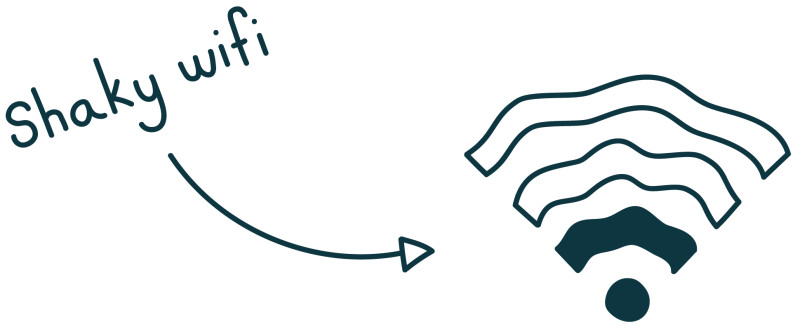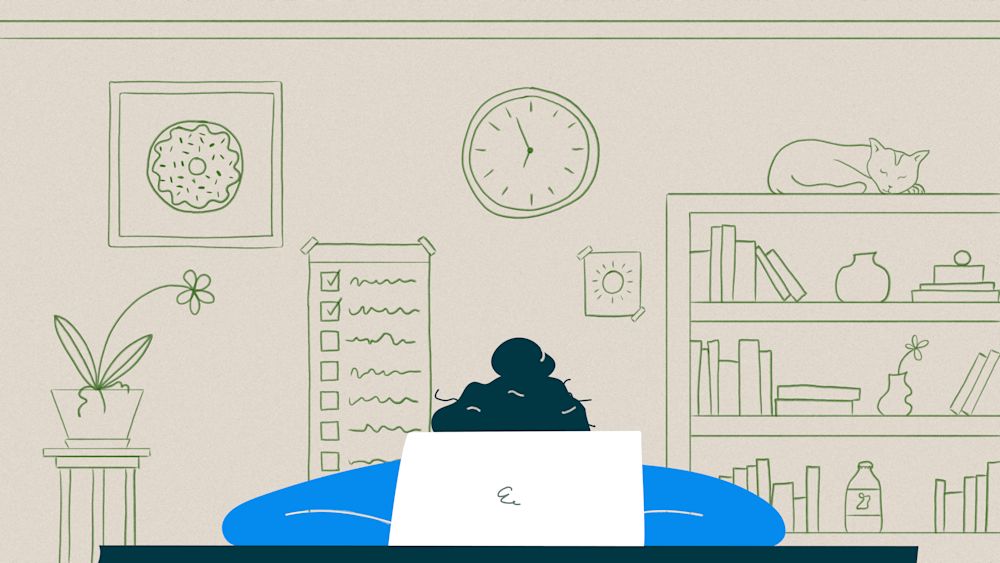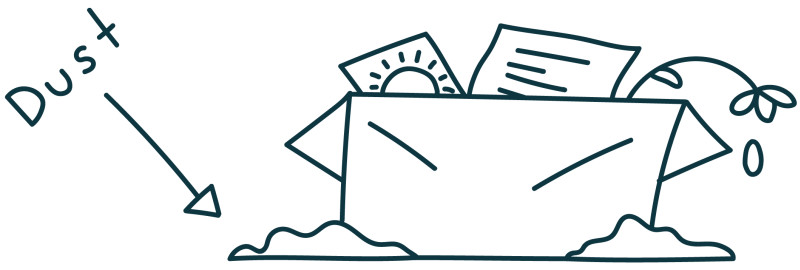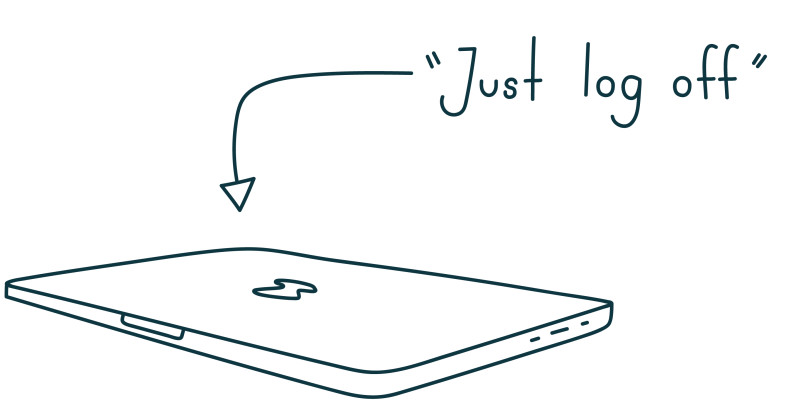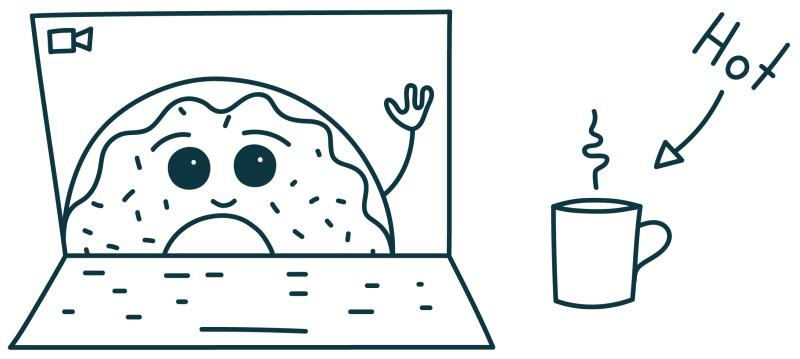Maintaining the work/life balance
Similarly, Genesis Garcia left her first new job of the pandemic, a small Los Angeles-based startup public relations agency where she was working remotely from Brooklyn, after leaving music label Def Jam. Despite the company emphasizing the importance of mental health as a tentpole of its ethos, things didn’t quite align as her onboarding went on.
“The founder of the company came to New York. Onboarding me in person was nice and I think also it helped to speed up the process. I was able to, kind of, understand all the systems and a grasp of how they work and how to update everything within like a week,” she shared.
But she began to question things when seemingly there wasn’t any real end of the workday in sight, with each day clocking in at around 11 hours. “Obviously, being in a smaller agency you do have to work longer hours, but I did feel a way about the amount of work that I was doing and how little time I was given to complete everything.”
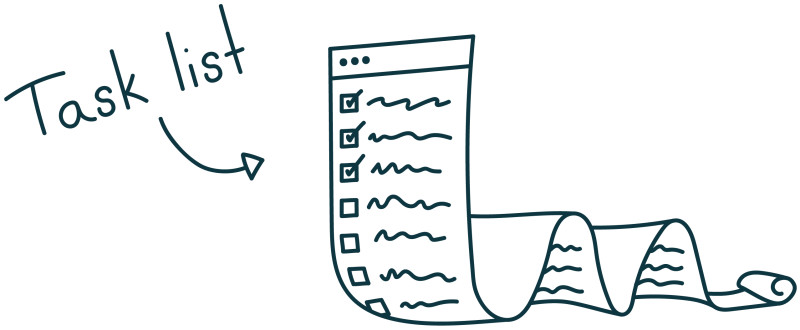
Having opted to join this agency largely in part due to its emphasis on a healthy working environment, as a move away from corporate culture, she found the expectations didn’t align. “I thought that there would be more grace and more patience getting to know systems and being onboarded into all these projects.”
When asking about work/life balance — something one would assume is a priority in a place that emphasizes the importance of mental health — in her first two weeks, Garcia was met with a question about her commitment and ultimately decided to leave and restart her job search.
Heading back to the big music label world, she found she really liked the remote interview process. Aside from the obvious lack in ability to fully connect by seeing someone’s body language, Garcia felt it offered a bit more of an even playing field to interviews.
In addition to the occasional shaky Wi-Fi connection both parties could potentially experience, candidates get a better look into their interviewers' lives, she says. “Rather than feeling like I was stepping into this big office and meeting with the AVP, you're seeing an AVP via Zoom and you’re seeing their dog in the background or hearing their kid screaming or whatever. It just humanizes them more for me.”
